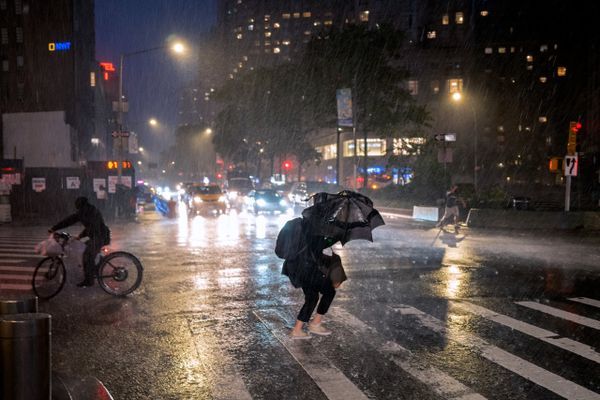The eastern seaboard of the United States has been seeing the impact of Ida, which emerged as a category 4 hurricane. States like New Jersey and New York have been at the forefront on Thursday while sustaining damage from the after-effects of the storm.
New Jersey governor Phil Murphy says his state’s death toll from the remnants of Hurricane Ida has risen to 23. On the other hand, at least a dozen people have died due to the impact of Storm Ida in the state of New York, where the subway system has been shut down as water makes its way through the underground tunnels.
According to reports from USA Today, the state of Pennsylvania has reported three deaths in connection to the storm while Connecticut and Maryland have reported one each as of Thursday.
Governor Murphy spoke as his states and others in the country’s Northeast regions reckoned Thursday with flooding, tornado damage, and continuing calls for rescue after the storm took residents and officials by surprise, according to reports from Associated Press.
A significant number of people who died in connection to the storm got stuck in their vehicles while the strong flow of water overpowered them, according to New Jersey governor Phil Murphy. He said the state has decided not to provide a breakdown of the deaths by the authorities at this time.
Wind speeds rose to 150 miles per hour as the hurricane ripped roofs off buildings. The rains swept off homes and tear boats and barges from their moorings. As cities get down to salvaging what remains after the “historic” weather event, it has become imperative to question the role climate change is playing in such recurrent adverse weather events.
Many who study the weather closely believe that it was climate change that helped Ida gain such enormous strength in such a rapid manner before it made landfall.
Within a span of 24 hours, Ida grew from a Category 1 hurricane to a Category 4.







